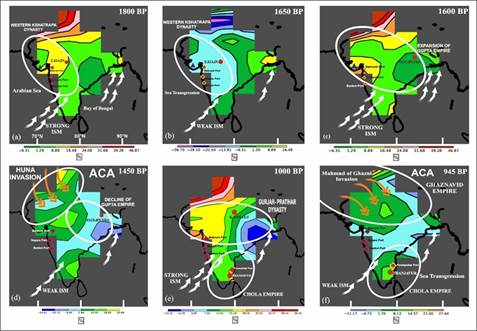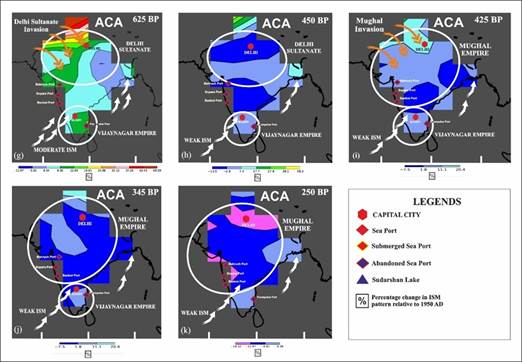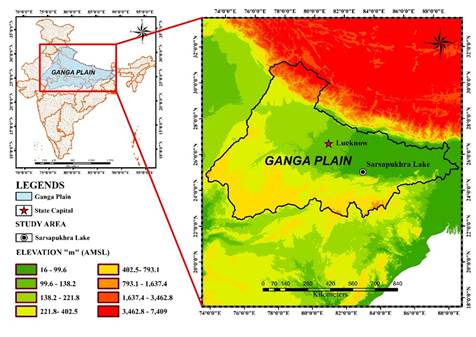Ministry of Science & Technology
Study finds role of climate in shaping Indian history
Posted On:
05 NOV 2024 4:31PM by PIB Delhi
Climate-driven vegetation changes played a crucial role in shaping human history in the Indian subcontinent over the last 2000 years, shows a new study which traced vegetation patterns in the Ganga plain from palaeoclimate records with the help of pollen and multiproxy studies. The research underscores the importance of understanding historical climate patterns to better predict future impacts.
There is a notable scarcity of paleoclimate records for the late Holocene (approximately 2,500 years) in the Central Ganga Plain (CGP), highlighting a significant research gap in understanding past climate patterns in this region.
Scientists from BSIP, an autonomous institute of DST explored paleoclimatic clues to better understand historical climate dynamics, particularly in relation to the Indian Summer Monsoon (ISM).
Using pollen (which survives in soil and sediments as a microfossil) from sediment core extracted from Sarsapukhra Lake, in Varanasi district, Uttar Pradesh, and other multiproxy analysis, complemented by the Earth System Paleoclimate Simulation (ESPS) model, the researchers reconstructed the historical Indian Summer Monsoon (ISM) patterns for the past 2000 years, correlating climate changes with significant events in Indian history.
They found that alternating warm and cold episodes (Roman Warm Period, Dark Ages Cold Period, Medieval Warm Period, and Little Ice Age) significantly impacted vegetation patterns, forcing human migrations and potentially contributing to the rise and fall of prominent Indian dynasties such as the Guptas, Gurjar Pratiharas, and Cholas. The study was published in the journal Catena.
By identifying crops more suited to the changing climate, agricultural practices can be adapted to maintain productivity and ensure the stability of the GDP. This proactive approach could help mitigate the adverse effects of climate change on agriculture, ensuring food security and economic resilience in the future.


Figure: (a-f), (g-k): Diagram showing mapping and modeling of Indian Summer Monsoon region and their impact on ancient prominent dynasties over the past two millennia.

Figure: Digital Elevation Model (DEM) of Ganga plain showing the location of study site.
***
NKR/KS/AG
(Release ID: 2070864)
Visitor Counter : 3343